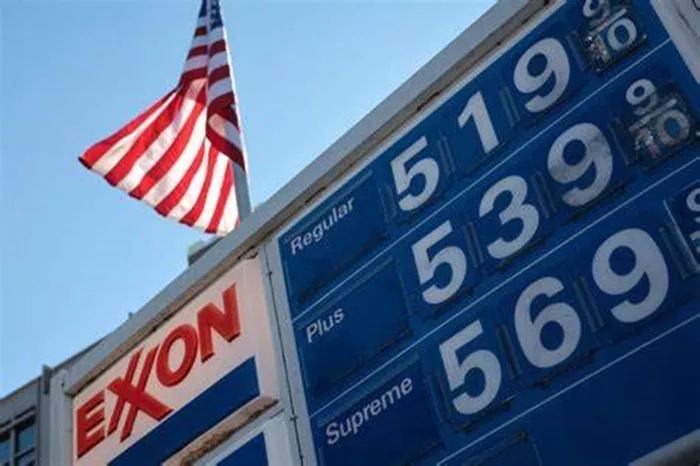According to an analysis by GasBuddy, an organization that monitors fuel prices, Washington has consistently experienced higher average gas prices on July 1 each year since 2014. This trend began long before the Climate Commitment Act’s carbon fees were introduced.
Fuel prices have been increasing slightly nationwide as oil prices remain high.
“As we approach July 4 later this week, motorists have seen the national average price of gasoline inch up ever so slightly for the third straight week,” said Patrick De Haan, head of petroleum analysis at GasBuddy. “While the increases have been fairly tame, with oil continuing to hold above $80 per barrel, we could continue to see the national average climb slightly.”
On Monday, the average statewide fuel price for regular gasoline in Washington was $4.25 per gallon. The only state with a higher average price for regular gasoline was California, at $4.75 per gallon.
Nationally, fuel prices have edged upward by about five cents over the last week. However, Washington’s prices have remained above the national average for the past decade when examining data for July 1. Below are the recorded prices from July 1, noting the Climate Commitment Act’s impact beginning on January 1, 2023:
2023: $4.95/gallon (U.S. average: $3.52/gallon) Difference: $1.43
2022: $5.45/gallon (U.S. average: $4.83/gallon) Difference: $0.62
2021: $3.71/gallon (U.S. average: $3.12/gallon) Difference: $0.59
2020: $2.66/gallon (U.S. average: $2.18/gallon) Difference: $0.48
2019: $3.28/gallon (U.S. average: $2.72/gallon) Difference: $0.56
2018: $3.39/gallon (U.S. average: $2.84/gallon) Difference: $0.55
2017: $2.77/gallon (U.S. average: $2.23/gallon) Difference: $0.54
2016: $2.65/gallon (U.S. average: $2.27/gallon) Difference: $0.38
2015: $3.19/gallon (U.S. average: $2.76/gallon) Difference: $0.43
2014: $3.99/gallon (U.S. average: $3.67/gallon) Difference: $0.32
As the July 4 holiday approaches, prices may continue to rise due to increased demand and other influencing factors.
“For many Americans hitting the road for the July 4 holiday, prices in most areas are very comparable to what we saw last July 4. However, with Hurricane Beryl now formed in the Caribbean, we’re reminded that gas prices could experience some jolts in the second half of the summer should a storm threaten refining capacity in Texas or Louisiana,” De Haan said.
The persistence of higher fuel prices in Washington compared to the national average highlights regional disparities in fuel costs. As the Climate Commitment Act continues to influence pricing, the state will likely see ongoing fluctuations that reflect both local and global economic conditions.
Related topics:
Russia Nears Decision on Extending Gasoline Export Waiver Amid Supply

